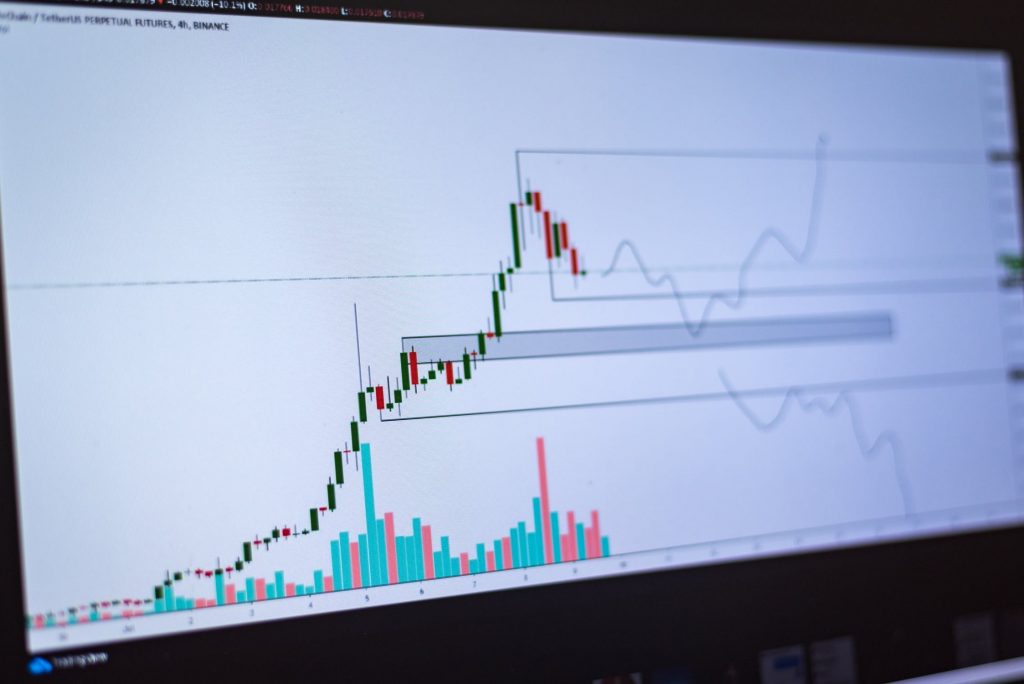Merchants spend a lot of time fine-tuning trade entry tactics, but then they go ahead and blow out their accounts, thereby having bad exits. Truth be told, most merchants who lack a proper exit strategy often exit the market at the least possible price.
Entering into an exchange is the simple part; however, where you exit decides your profit or loss. Exchanges can be shut dependent on a particular arrangement of conditions that arise; these include trailing stops or employing a profit target.
A profit target is a pre-decided value level where you will exit the exchange. For instance, if you purchase a stock at $15.50 and you have a profit target of $17.00, you submit a request to sell at $17.00. In the event that the value gets to that level, the trade is concluded.
We can cure this oversight with exemplary strategies that can improve productivity. Before we hop onto the strategies, we’ll begin by looking at why you should exchange with a profit target and then look at the pros and cons of having profit targets.
Why Should You Trade with An Exit Strategy in Mind?
Determining where to leave before a trade even occurs allows for a risk/reward percentage to be determined on the exchange. The stop loss is as vital as the profit target. The stop-loss decides the likely loss on a trade, whereas the benefit target decides the possible benefit. Preferably, the profit potential ought to exceed the risk.
While we can never realize which exchanges will be victors and which will be washouts before we take them, we are bound to witness a general profit if the successful trades are more significant than the trailing trades.
For instance, if the successful trades average ten pips while the trailing trades average about five pips, this implies that you only need to succeed in 50% of the exchanges in order to yield an overall benefit.
Trading with a profit target in mind makes it feasible to assess whether a trade is worth investing in. if the profit potential doesn’t exceed the risk, you should avoid the trade. Therefore, coming up with a profit target helps you to filter out poorly performing trades.
What Are the Upsides of Having an Exit Strategy?
You Can Identify Your Profit Before the Trade
By putting a profit target and stop-loss, the risk/reward of the exchange is identified before the exchange is even positioned. You will generate X or drop Y, and dependent on that data, you can determine if you should make the trade.
Benefit targets can be founded on target information, for instance, regular propensities on the cost chart.
Profit Targets Help Remove Emotions in Trading
Benefit targets, whenever dependent on sensible and objective analysis, can help wipe out emotions in trading since the merchant realizes that their benefit target is in a decent spot based on the diagram they are breaking down.
Profit Target Is Achieved
If the benefit target is achieved, the merchant exploited a move they anticipated and will have a good yield from the trade. Assuming the merchant was content with the risk/reward of the exchange before taking it, they ought to be pleased with the outcome.
What Are the Downsides of Having an Exit Strategy?
Expertise Required
Putting benefit targets requires some skill; profit targets shouldn’t be arbitrarily positioned based on trust (far away) or fear (close).
Profit Targets May Not Be Achieved
Benefit targets may not be achieved. The cost may push toward the benefit target yet then converse course, hits the stop-loss instead. As referenced above, setting benefit targets requires a specific degree of expertise.
Assuming benefit targets are regularly positioned far away, you probably will not win numerous exchanges. In the event that they are set unreasonably close, you will not be reimbursed for the risk taken.
Profit Targets May Be Surpassed
Benefit targets might be significantly surpassed. At the point when a benefit target is put, further benefit (past the benefit target cost) is relinquished.
In the event that you purchase a stock at $10.50 and place a benefit focus at $11, you surrender all benefits above $11. Remember you can always revert and make another trade if the value keeps on moving toward the course you had anticipated
Final Thought
To sum it all up, when executing day trades, you should always know if and when of leaving a trade. As illustrated above, whether a trader uses a profit target as an exit strategy for day trading is purely an individual option.

